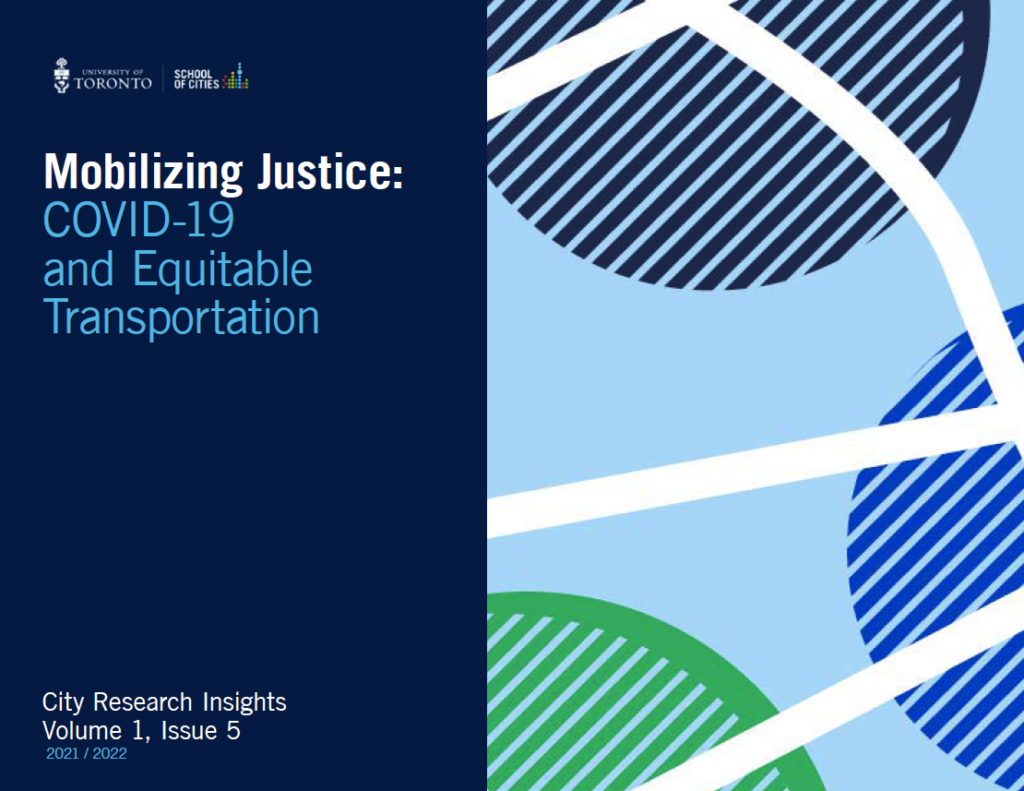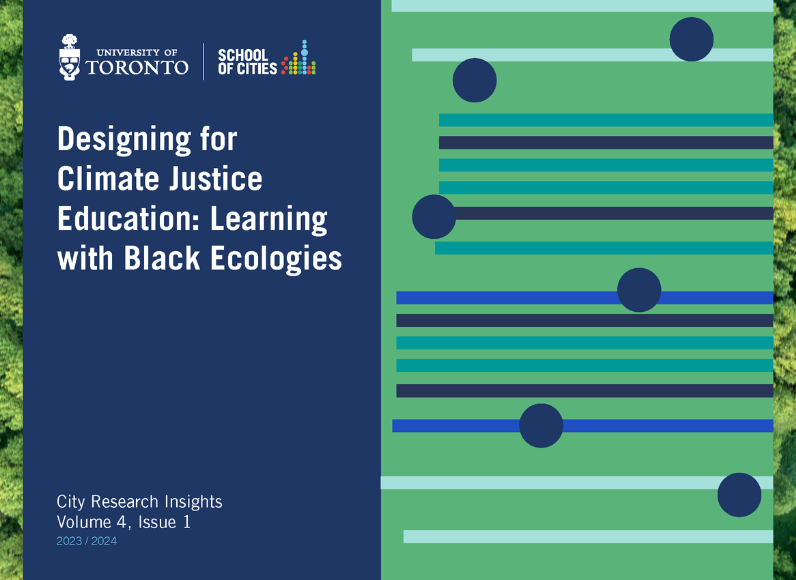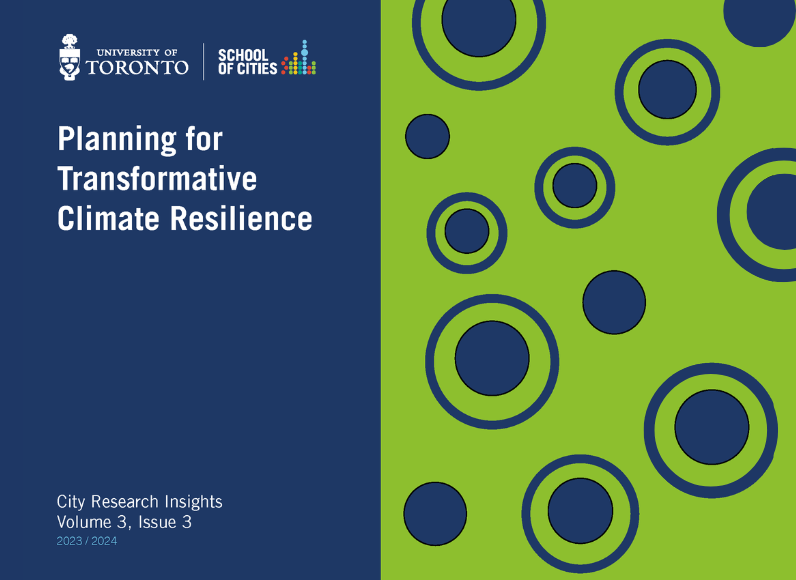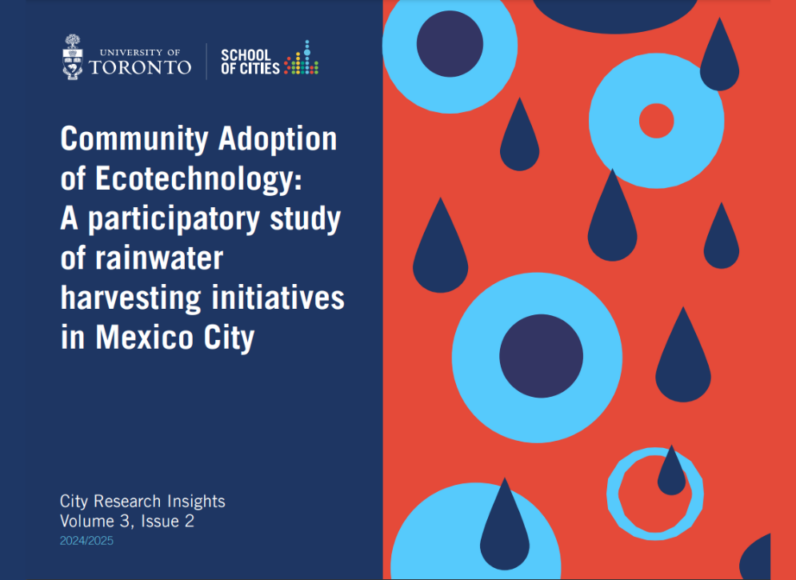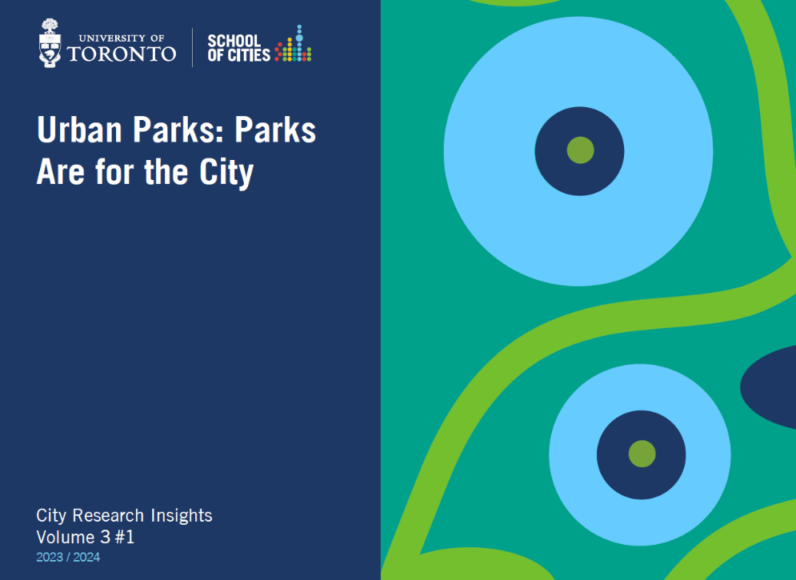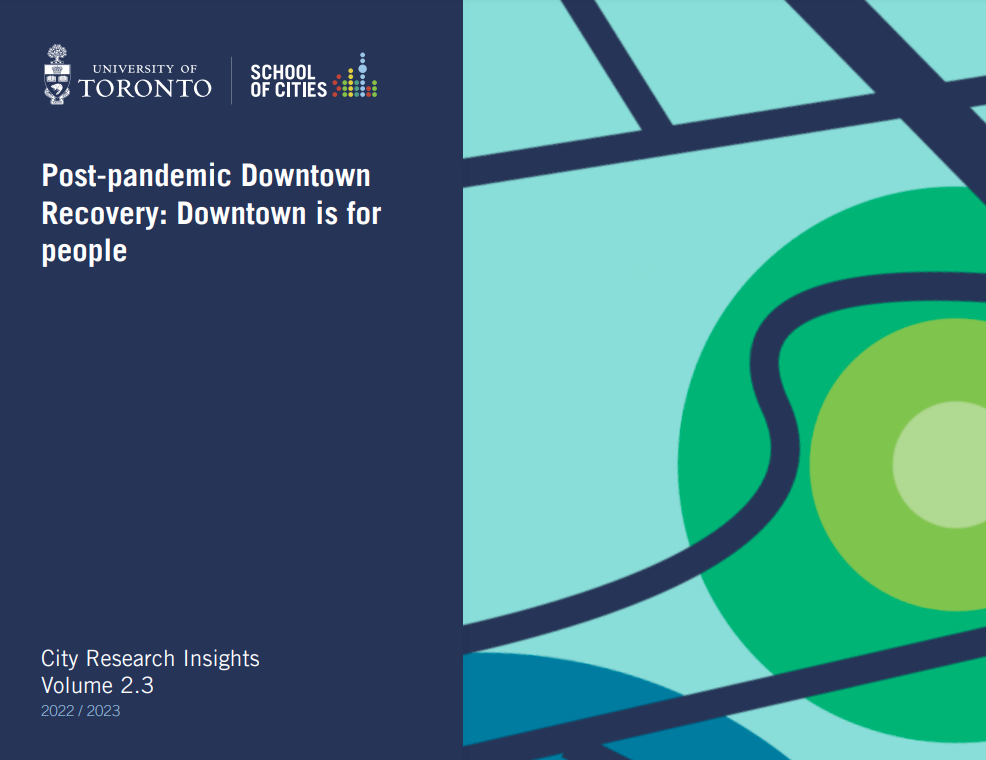Meet the experts behind this issue: Steven Farber, Howaida Hassan and Meghan Winters

- What sparked your interest in understanding how the pandemic has impacted transportation systems in Canada through an equity lens?
Meghan Winters: There were major shifts and disruptions in travel behavior during the pandemic unlike anything we had seen under any other conditions, with massive drops to public transit use, people shifting to driving as well as walking and cycling more. We’re interested in who that shift is happening for, and who’s impacted more than others. Not everybody has the choice to shift their transportation modes when a crisis like Covid happens. Some people might still need to be on transit and that may carry extra risks. We’re interested in equity because cities responded and moved faster than we’ve ever seen before, especially with transit changes. But cities also reacted at different scales and in different kinds of neighbourhoods.
Howaida Hassan: I work at the city of Edmonton, and we noticed, exactly as Meghan said, that disruption in travel patterns during the pandemic. We have primarily built our transit system around the delivery of transit service during the typical Monday to Friday 9 to 5 work travel pattern. What we quickly learned is that a number of other trips in the off-peak period still needed to be made by those people who were working in essential services or who were working shifts. When we reduced our transit services, we saw a lot of those folks being impacted because they didn’t have alternative ways to get around. And so we actually had to go back and rethink. We have to support those shift workers because they still need to get to their job. It was grappling with: how do we switch or change the response to that reduction in demand?
Steven Farber: What we found really interesting was how this shock in the transportation system and the travel patterns of people allowed us to really identify how essential transit is and how vital transit is for different populations across the country. With the pandemic we were able to see the degree of dependence because we could see who kept riding. We could see how that related to where people lived in the city, what kind of work they did, whether or not they were rich or poor, and whether or not they owned cars or lived in places where there was safe cycling infrastructure. The story was just so telling, and so clear and compelling. That helped us identify and make strong arguments for the support of transit because of its essential nature. It plays a role in equalizing people’s opportunity for social inclusion.
- How would you like your report to be taken up by policymakers? What is the first change that you would hope they’d make?
Howaida: I would like our report to help policymakers understand the impacts of the pandemic on transportation from an equity perspective. We also need to understand how we spend our money as a city. We have limited funds, and we want those funds to be used as efficiently and as impactfully as possible. Reports like this help to shine a light on how to bring about greater equity. In most cities, transportation is fully within the realm and control of the city, so there are a lot that municipalities that can do something with the information here. If there was one thing that I would want it would be to have our investments reflect the needs of the more vulnerable people in our communities. Disproportionately, we spend a lot of money on roadways. How do we shift some of that investment towards supporting other kinds of transit, like bike lanes and walking?
Meghan: Canadian cities all have very different levels of readiness for growing greater equity in transportation, and there are a lot of different ways that they might decide to take action. There isn’t just one action, and there are different levels of readiness. One suggestion is for city staff reports to require an equity section because that is certainly not part and parcel of all staff reports. Just the fact that somebody had to think about means that they’re going to take one more step than they might have otherwise. That’s sort of an operational intervention that might result in incremental change.
Steve: One of the goals of the Mobilizing Justice project is to create a community of best practice around equity and transportation planning and to use that momentum to learn from each other, to discover best practices and to support change. We need to use the momentum of our network to start pushing for more regulation around the necessity to incorporate equity. This could mean setting targets and thresholds, and creating methods for understanding how well we’re performing around different dimensions of equity. It’s also really important that we get away from a brittle dependence on certain modes of transportation. This time it was a transit shock, but next time it could be a shock to fuel or to automobility. It’s really important that we start incorporating the notion of safe reliable transportation options for everyone if we want to find ourselves in a better position next time.
- The Mobilizing Justice network is so broad, involving over 30 multisectoral institutions across Canada. How did you go about building that network, and how has that network been important to the work you’ve done so far?
Steve: The network came out of a concerted effort to build an intersectoral community of people to discuss equity issues in the transportation space. We launched this initiative with a workshop in Toronto. It was clear from that workshop that there was an opportunity to support the vision of people who have been calling for change from within their organizations but needed data and partnerships to get decisionmakers to act. From there we collaboratively developed our plan, mission, and research activities. We also tried to incorporate the needs of our municipal partners. Being so responsive to those needs is what kept the momentum going and allowed us to continue to grow the network. We’ve just gotten started and it’s great to see the impact of the critical mass that we’ve developed, which is the most powerful part of what we’re doing here. This critical mass really helps decisionmakers side with us in a way that was more difficult for them before.
Howaida: The day I received the email to come and participate in that workshop was a good day. This is the thing that I love – the intersection of cities, mobility, and equity. I never imagined it would grow into this nationwide network that brings together practitioners and researchers in this very collaborative way. Every stream of work in the network is co-chaired by a researcher and a practitioner. To me that is true collaboration. It allows us to make the research practical and applicable. We’re also recruiting a community equity advisory table that’s made up of regular Canadians that’s going to help advise us on our engagement and our survey, to make sure the language is accessible and that we’re asking the right questions. If we can bring people’s voices together and have that impact our work and amplify their work too, that’s awesome.
Meghan: In addition to the 30 multi-sectoral institutions that are participating in the network directly, we’re also engaging the many grassroots organizations that work locally and are doing work every day on transportation poverty. We’re actively putting energy into developing those networks and creating places for their voices to come together and be heard, and hopefully serving them through our research and the tools that come out of the project.
- How has the affiliation with the School of Cities facilitated this project?
Steve: The School of Cities is a wonderful partner that will allow us to give the project a platform that we wouldn’t otherwise have had to reach decisionmakers and community members, and to liaise with other academics around the world. The School of Cities sits at the center of everything urban at U of T, as well as in Toronto and across Canada. It’s also developing crucial international networks. Just knowing that we have a partner in the School to help amplify and help with our engagement with community, to help deliver trainings or programs or educational materials or data visualizations…All of the capacity that that the School can bring to bear is going to help make what we do more accessible and higher quality, and get our work in front of the eyes of more people. It’s great that we’re able to collaborate.



